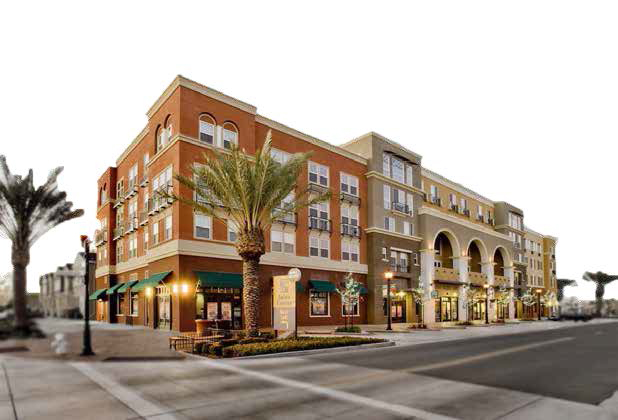
Following an 18-month extensive effort by its planning commission, city staff and certified city planners, the Los Alamitos City Council has finally adopted a resolution destined to reimagine the entire city, create a “real downtown” and make the family-friendly city even more connected with natural open spaces.
On a motion by Mayor Shelley Hasselbrink and seconded by Councilmember Mark Chirco, the city council unanimously adopted a resolution that allows the city to continue to develop a plan that reimagines a 20-acre swatch with mixed-use developments designed to beautify the “Town Center” while adding more housing and space for economic development.
The plan seeks to incentivize current owners of downtown parcels within the city plan to either redevelop or sell their properties to developers at some point in the future as the reimagined downtown takes shape.
“This is just a first step,” cautioned City Manager Chet Simmons, noting that the city council will have plenty of time for future input as the plan moves forward.
The “Town Center Mixed-Use (TCMU) plan was presented during an April 11 special session of the council wherein Acting Deputy City Manager Ron Noda and Alan Loomis, a certified city planner representing PlaceWorks presented a re-imagined, future vision of the city.
“There is considerable interest in this plan,” said Simmons, noting that “this is not a pie-in-the-sky approach. This is a framework that can get us (city) to the next level,” he said.
In essence, the reimagining of Pine Street, which is a project already underway, is perhaps a glimpse of a what they hope will become a future vision of tree-lined parkways, pedestrian paths, and bikeways that connect the city’s neighborhoods to its redeveloped Town Center.
Under the plan, the city center would be officially “marked” near the intersection of Katella Ave. and Los Al Boulevard, even perhaps building a tower, monument or other feature to “mark” the city.
Boulevards lined with palm trees will lead to the city center, and the city’s open spaces will be connected by walking and bike paths.
Under the plan, the city will design building codes and incentives to allow for four-story buildings (not higher than 60 feet), that will allow for three stories of residential housing and a ground floor of commercial and business development.
Parking for the new buildings would be both underground and at the street level, said Loomis. He said developers could provide one underground story for parking, while street parking would be mostly used for commercial establishments parking.
Noda said the planning was initiated in January of 2021 and continued through the pandemic. Both he and Noda told the Council that during that period, there was “extensive outreach” to property owners, city residents, business owners and stakeholders of all types.
Given the excellence in the nearby Los Alamitos Unified School District, and given the fact that residents of Los Alamitos, could, without traffic, make it Irvine in 20 minutes going south and to Los Angeles in 20 minutes headed north.
“I tell people we’re right in the middle,” said Noda.
Mayor Pro-tem Tanya Doby asked questions about the potential housing impact, and Loomis told the council that the new housing will certainly help with the state’s so-called RENA numbers. For the purposes of planning, said Loomis, they were using “average” sizes.
Council member Ron Bates questioned would the density factor be sufficient to incentivize development.
“We think so,” said Loomis, but he said there will be “challenges” for property owners. Specifically, whether they will be interested to eventually sell to specialty developers or redevelop on their own.
In addition, Loomis briefly explained how a series of ordinances and other changes would have to be undertaken to correlate with the plan, when a final Town Center plan is adopted.
While the resolution authorized the continuance of a plan, Chirco made sure residents understood that city was not preparing to build anything, that the council had only authorized a general vision that still must be shaped by public and council input.
